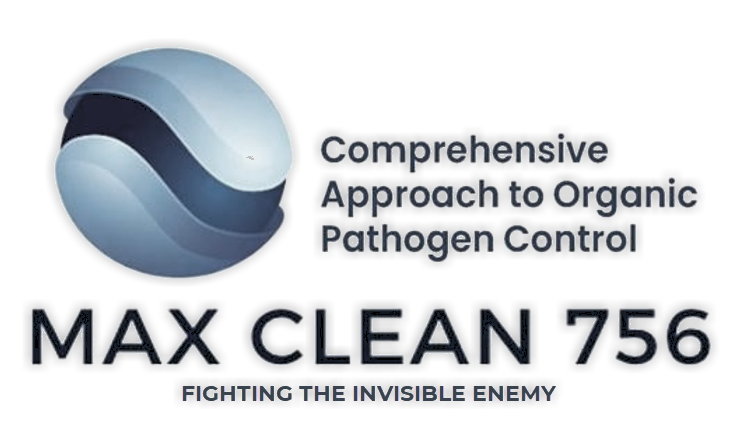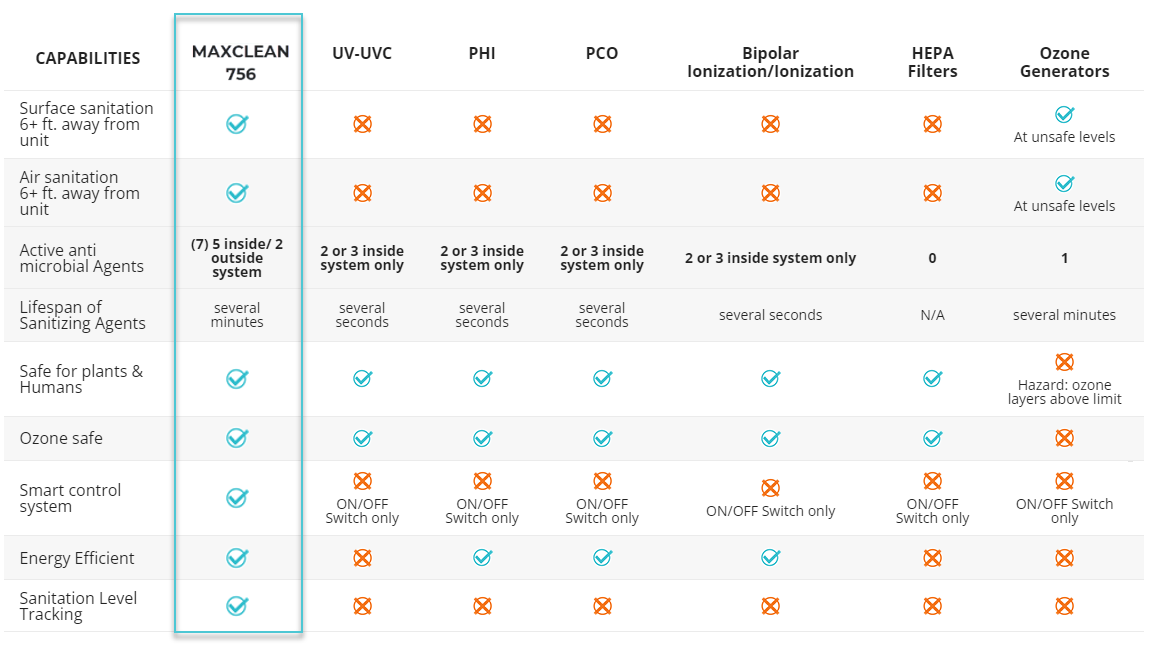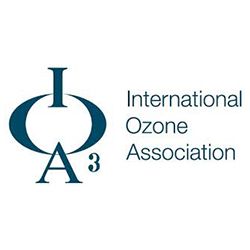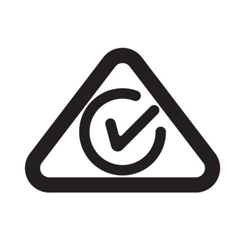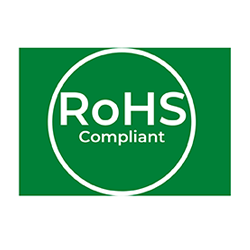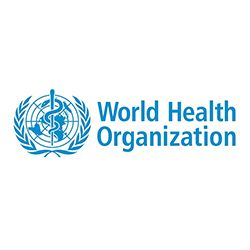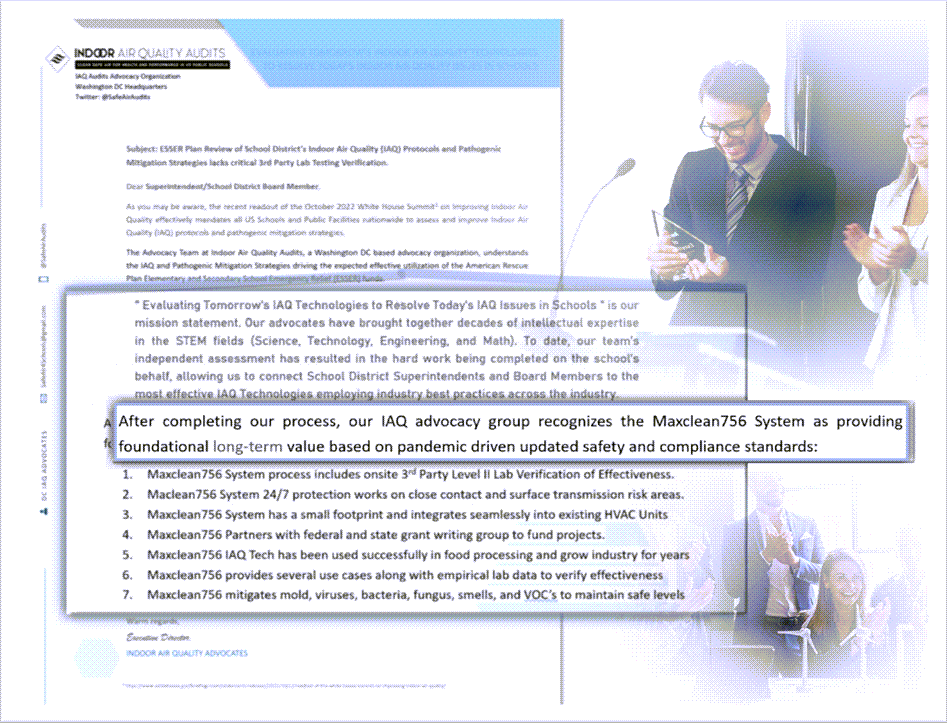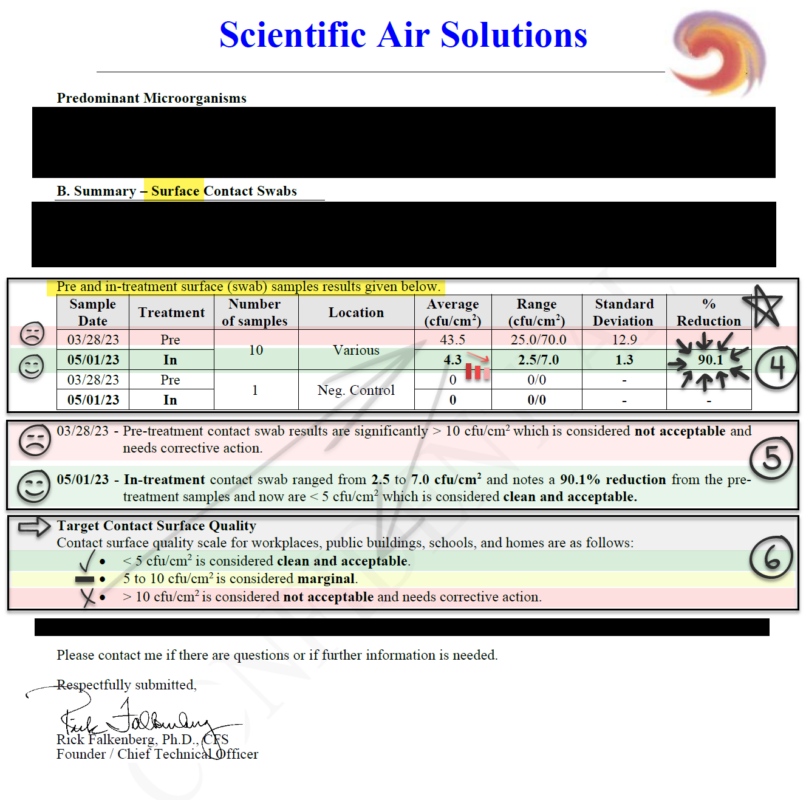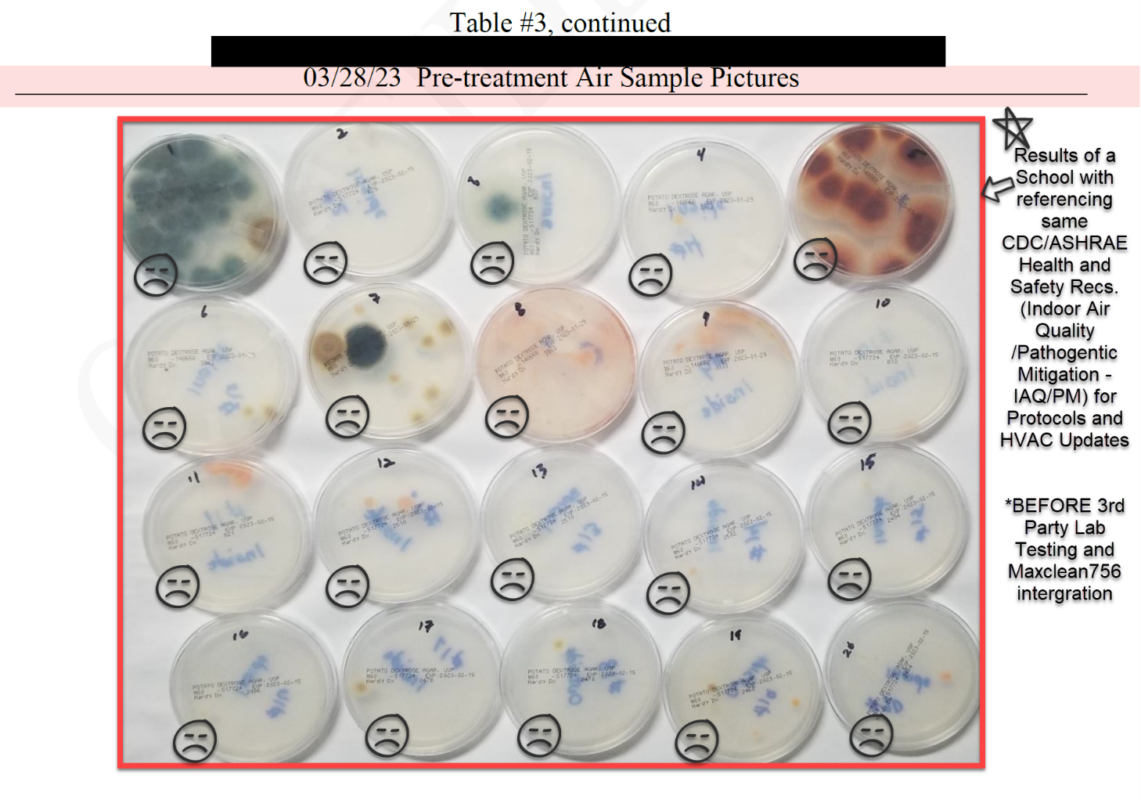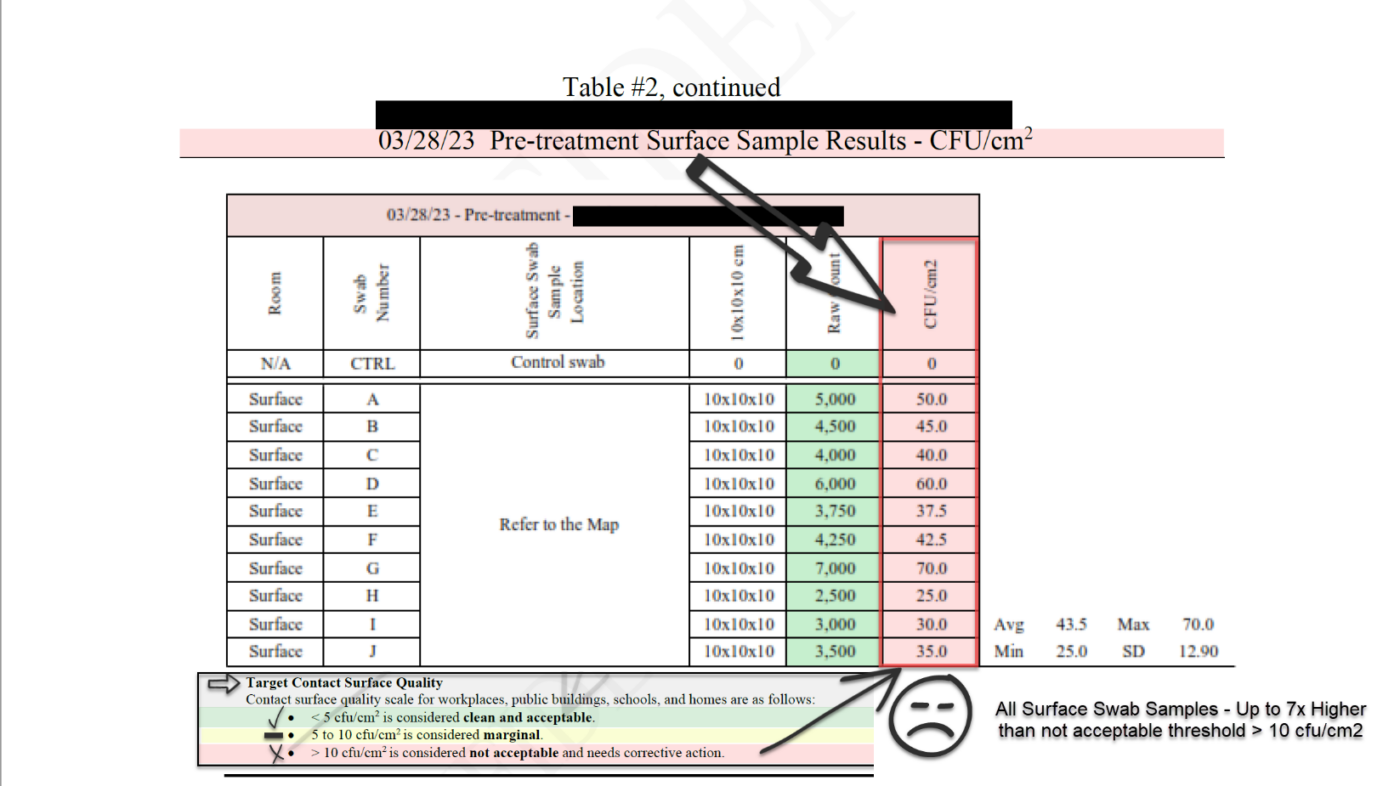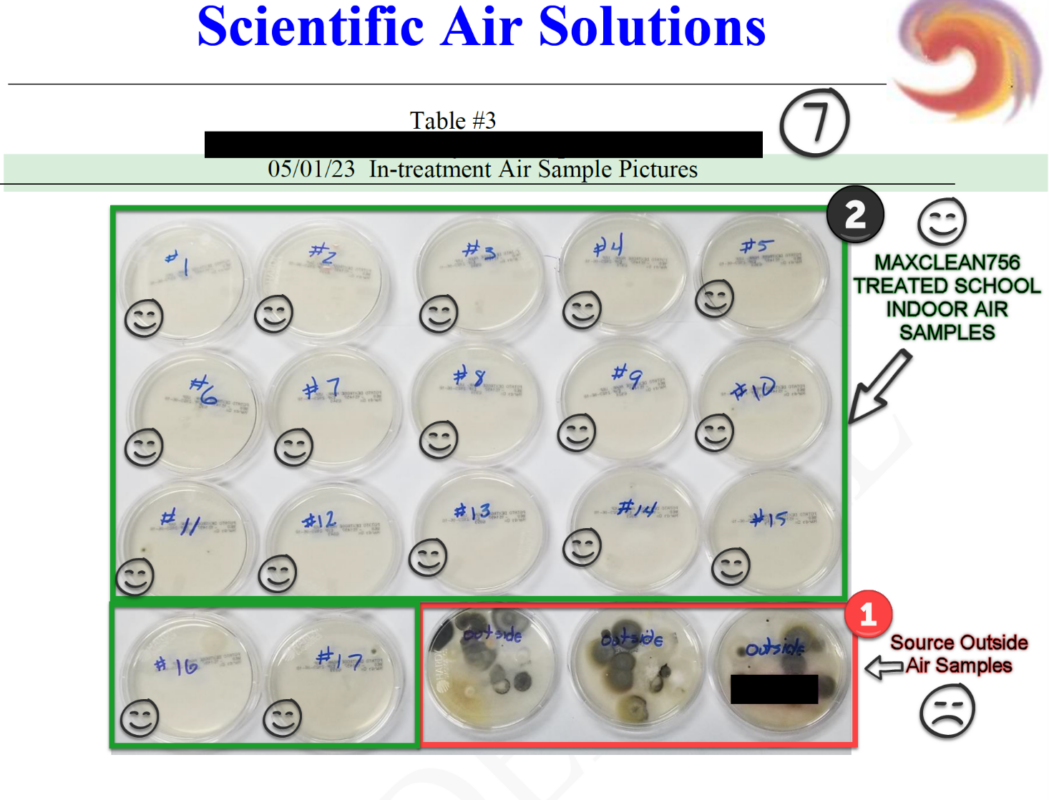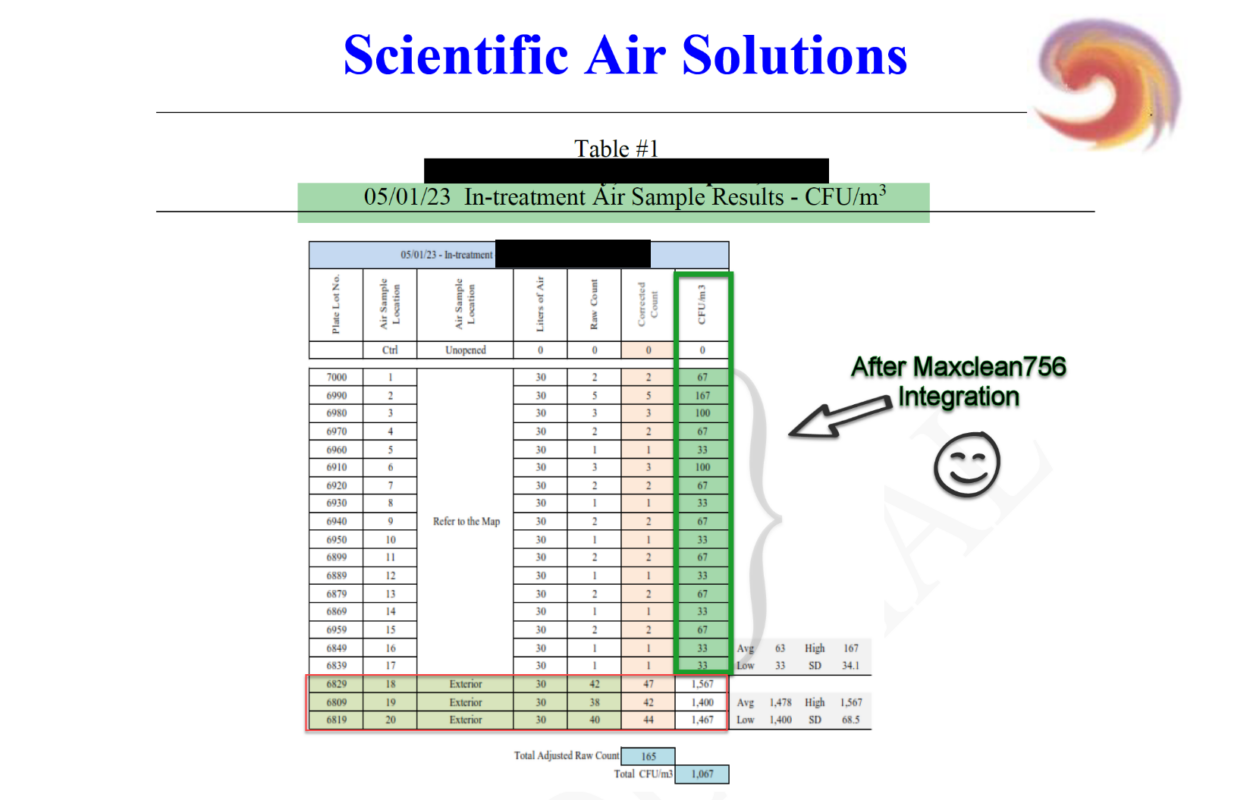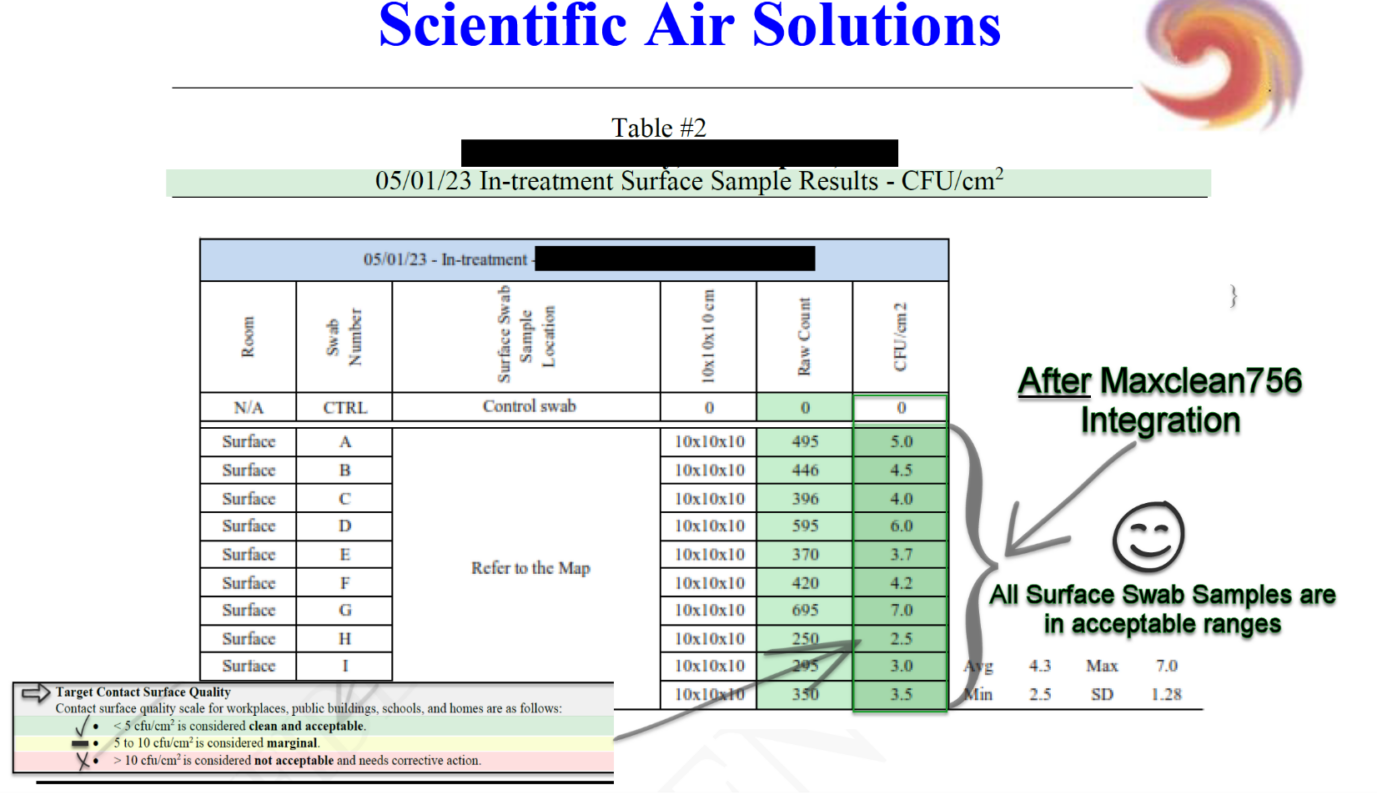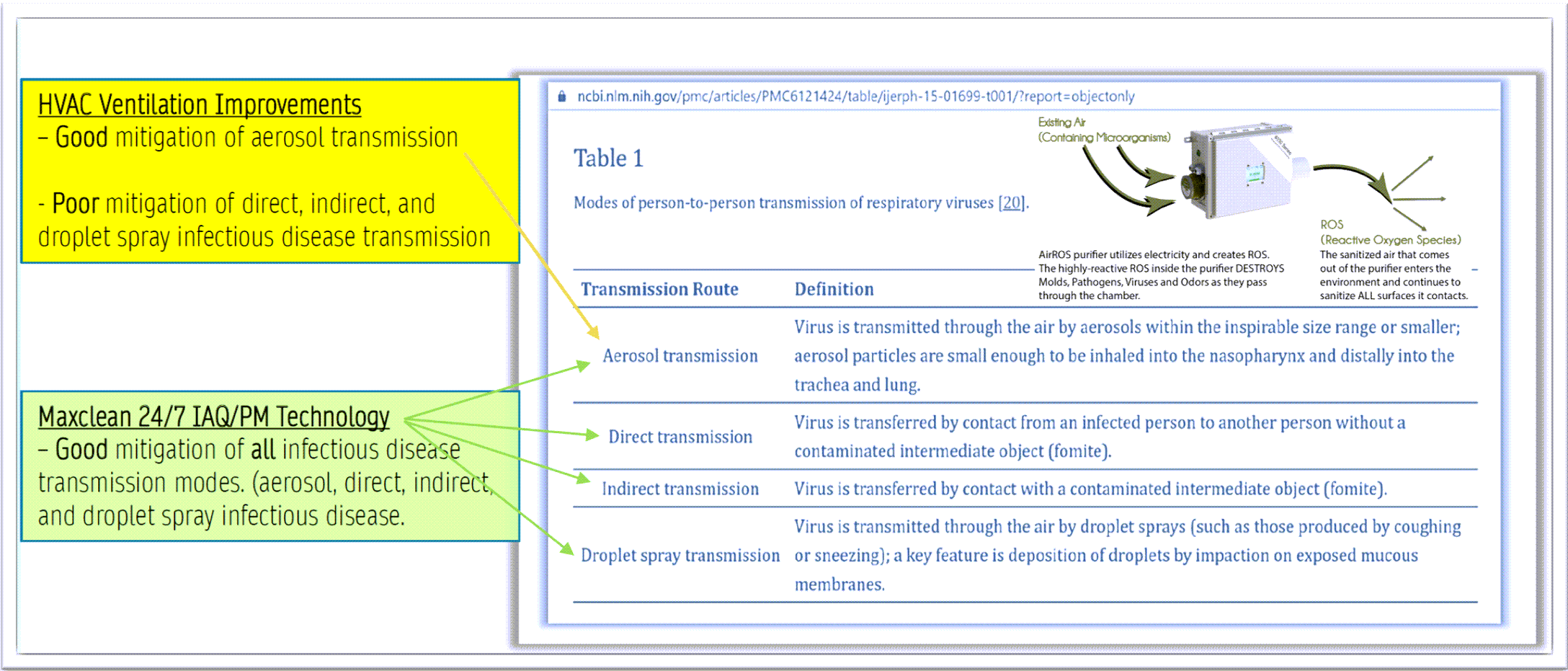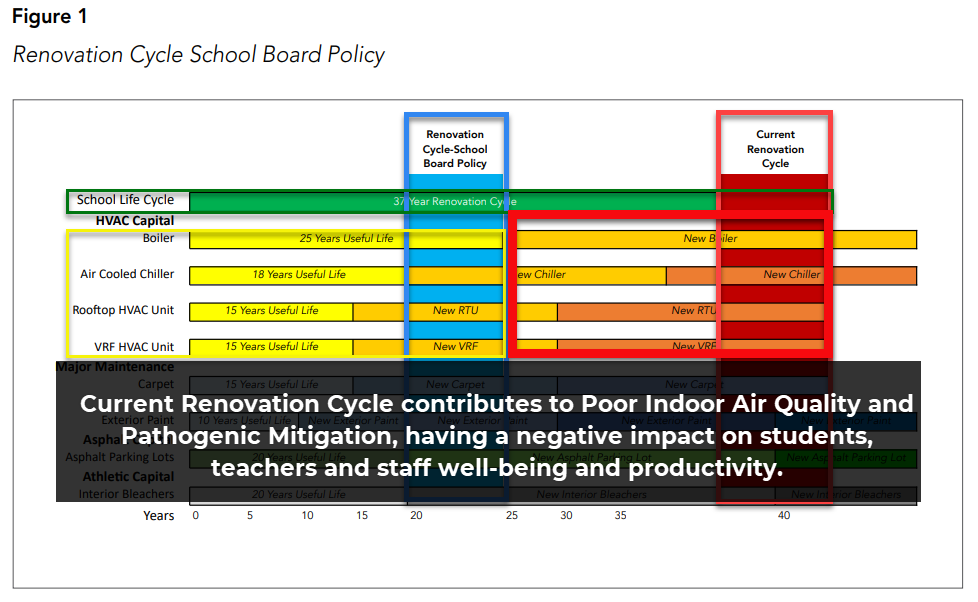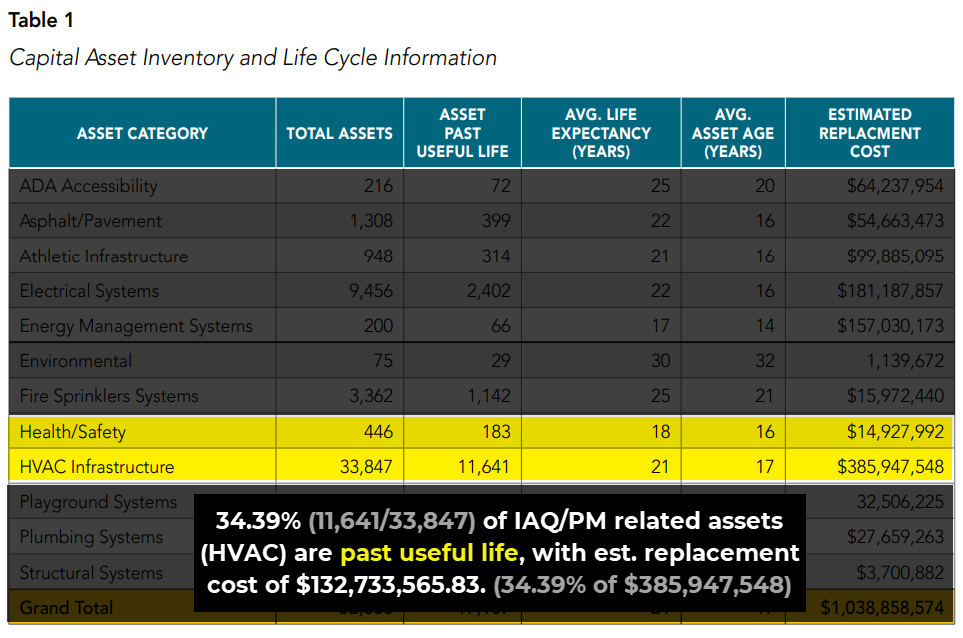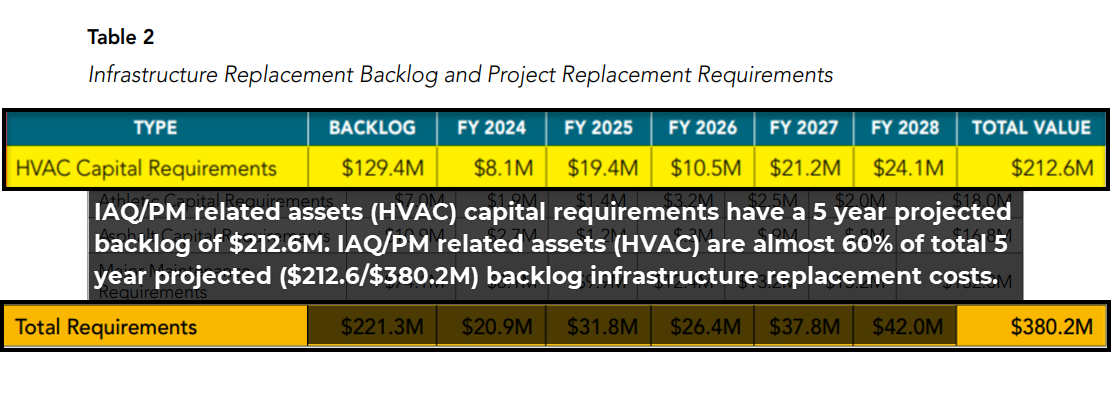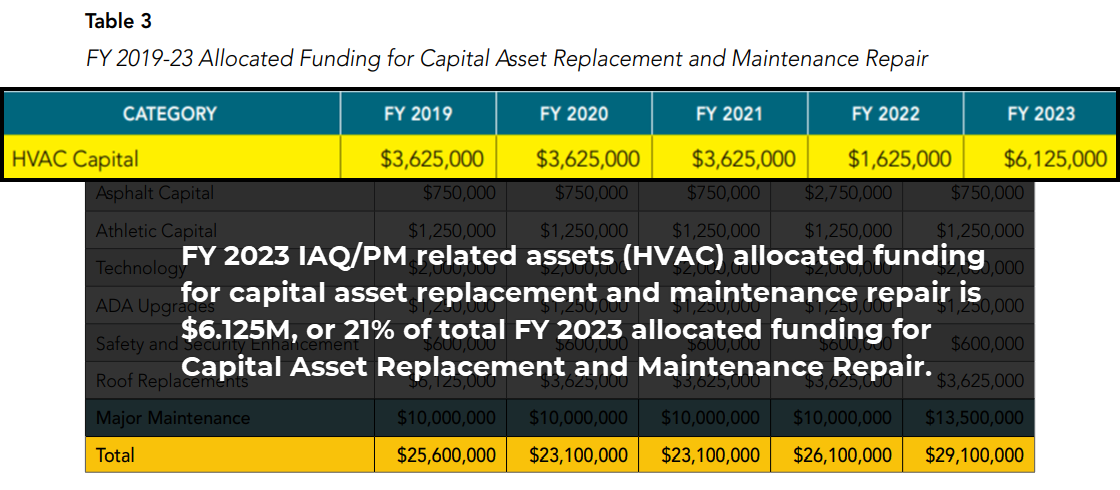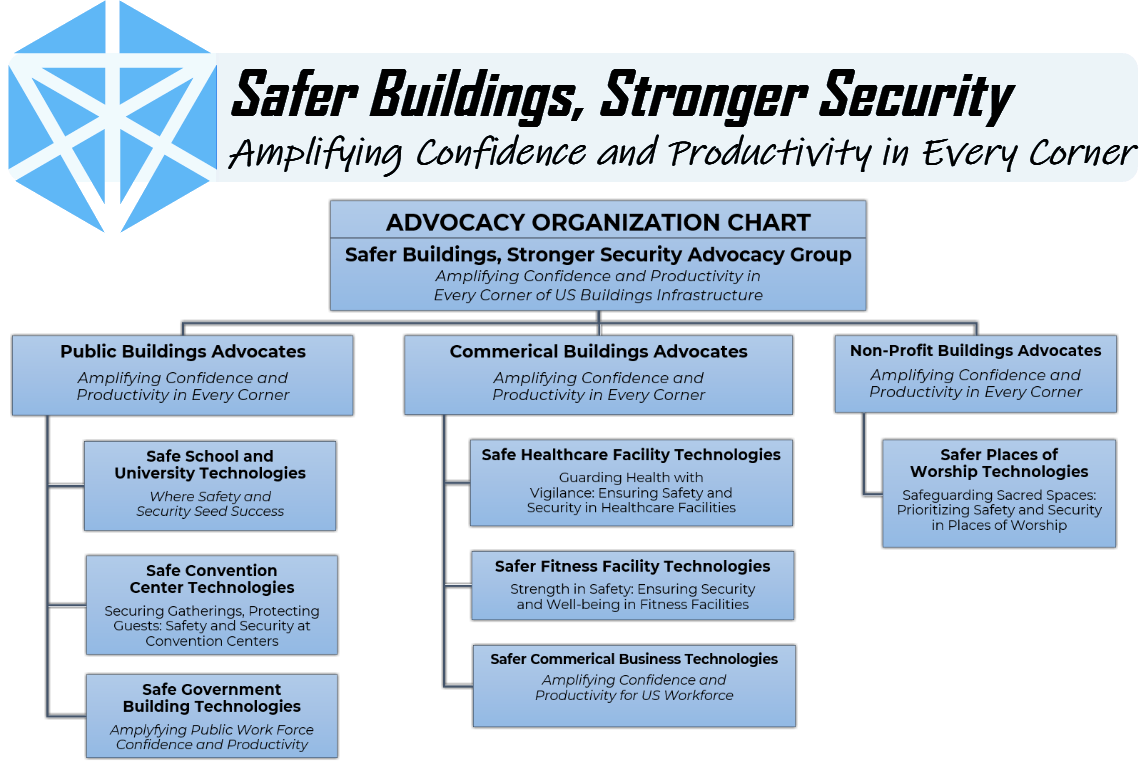At Safe School Technologies Advocacy, our mission is to champion the urgent need for improved indoor air quality (IAQ) solutions to mitigate the proliferation of pathogenic threats within aging school infrastructures across the United States.
Focused on safeguarding the health and well-being of students, teachers, and staff, we advocate for the adoption of cutting-edge technologies to combat the detrimental effects of poor IAQ on academic performance, learning environments, and overall productivity.
Decades of neglect and underinvestment have left many educational facilities grappling with deteriorating infrastructure, including inadequate ventilation systems and the presence of harmful pathogens such as viruses, bacteria, mold, fungi, and volatile organic compounds (VOCs). Numerous studies, including those conducted by the Environmental Protection Agency (EPA) and the World Health Organization (WHO), have unequivocally demonstrated the adverse health effects of poor IAQ on occupants. Short-term consequences range from respiratory issues and allergies to headaches and fatigue, while long-term exposure has been linked to chronic conditions such as asthma, cardiovascular disease, and even cognitive impairment.
IAQ / pm school audits reveal concerning trends
Safe School Technologies IAQ/PM Audits
Our extensive IAQ/PM Schools Audits of US Schools have confirmed several indoor air quality (IAQ) and pathogenic mitigation (PM) problems commonly found in majority of US schools. These issues can impact the health and well-being of students, teachers, and staff.
See how our advocates are educating and guiding Fairfax County Public School (FCPS) District, the largest school system in Virginia and one of the largest in the country towards optimizing IAQ/PM with effective technologies.
FCPS maintains over 220 facilities comprised of 198 schools, 11 centers, and other support buildings while nurturing processes and mandates that are grounded in intentional partnerships, shared responsibility for equitable resource allocation, and data-driven continuous improvement and innovation.
This high priority effort is part of the overall White House Clean Air in Buildings Challenge that calls on all building owners and operators, schools, colleges and universities, and organizations of all kinds to adopt key strategies to improve indoor air quality in their buildings. The goal is to mitigate the build-up and spread of harmful pathogenic microorganisms that occurs in closed environments with active occupants, in close-proximity, in areas of high turnover throughout the day as seen in buildings like schools.
Many of these occupants are high risk occupants susceptible to the harmful physical and mental effects of not optimizing IAQ/PM. As a nation we must ensure equity of opportunity for students to maximize the long term socio-economic benefits by optimizing productivity and academic performance vital in public education. In addition, it provides a confident environment for teachers for all occupants of school buildings.
The White House’s National Preparedness Plan has outlined a critical initiative, emphasizing the ongoing commitment to enhancing indoor air quality and mitigating pathogenic risks in buildings. As esteemed members of School Board and administrators continue understand the breathe and depth of the IAQ/PM problem plaguing schools across the US, your foresight in making it a priority to take action has proven to be a pivotal decision, aligning with the nation’s overarching goals.
This includes, in summary:
Catalyzing science and technology innovation to reduce indoor disease transmission. The Office of Science and Technology Policy (OSTP), in coordination with other partners, is identifying opportunities to drive innovation and implementation of technologies to support clean indoor air in buildings and reduce disease transmission. OSTP will also host a series of public engagements to provide the latest science, tools, and best practices on improving indoor air quality.
Our endorsement of the Maxclean 756 IAQ/PM comprehensive solution, backed by thorough research, is instilling confidence among educational institutions like yours. By implementing Maxclean 756 IAQ/PM Technology, FCPS will not only further safeguard the health and well-being of students, teachers, and staff but also demonstrated prudent stewardship of public funds.
What sets Maxclean 756 apart is its unparalleled effectiveness and sustainable value. Through our advocacy’s rigorous evaluation processes and proven track records of success, we ensure that this investment translates into tangible, long-term benefits for school budgets. The cost savings realized year over year empower school districts to redirect resources towards other vital initiatives, amplifying the impact on student learning and safety. We have worked in conjunction with Maxclean 756 in creating a test-pilot program specifically for schools.
Moreover, Maxclean 756’s seamless integration into any HVAC configuration underscores its commitment to meeting and surpassing evolving safety standards. With Maxclean 756’s advanced IAQ/PM implementation framework and robust third-party lab testing protocols, Maxclean 756 consistently exceeds established benchmarks, ensuring optimal air quality and pathogenic mitigation 24/7 that is cost effective, energy effecient and require low operational costs.
As passionate advocates for Safe School Technologies, we are proud to be witnessing and tracking the transformative role that Maxclean 756 plays in safeguarding indoor environments. Its alignment with the White House’s Clean Air in Buildings Initiative further underscores its significance in the broader context of national priorities.
School boards and administrators that we present to continue to embrace Maxclean 756’s transformational IAQ/PM Technology which reflects the unwavering commitment to creating healthy and conducive learning environments. Together, we are shaping a future where every student can thrive in an environment that prioritizes safety, well-being, and academic excellence.
Source:
– https://en.wikipedia.org/wiki/Fairfax_County_Public_Schools
– https://www.whitehouse.gov/cleanindoorair/




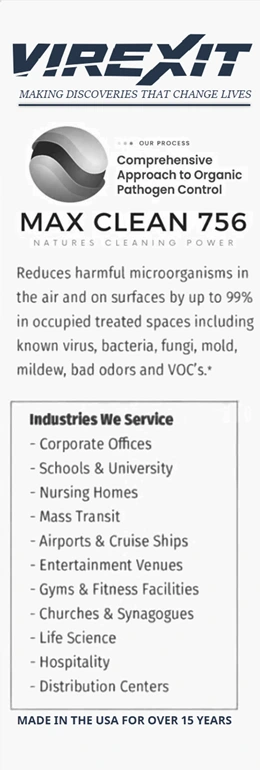


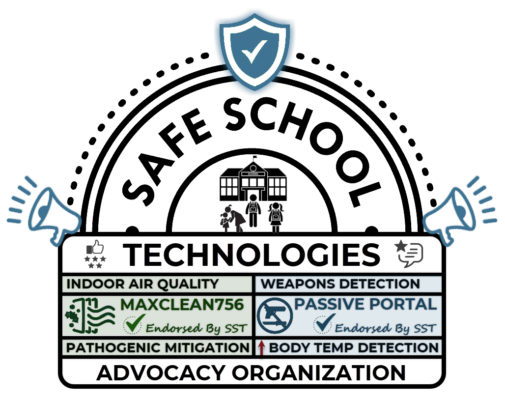

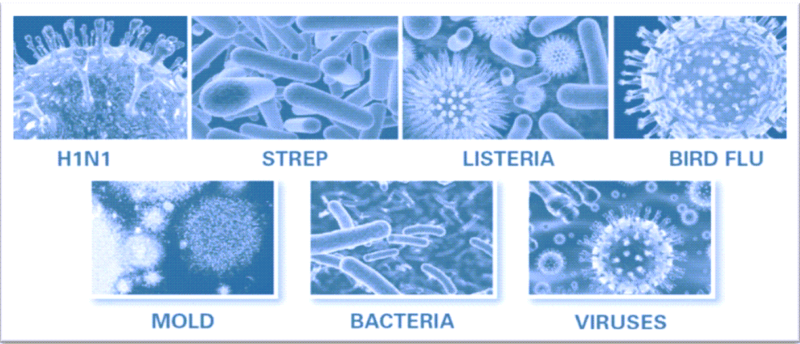
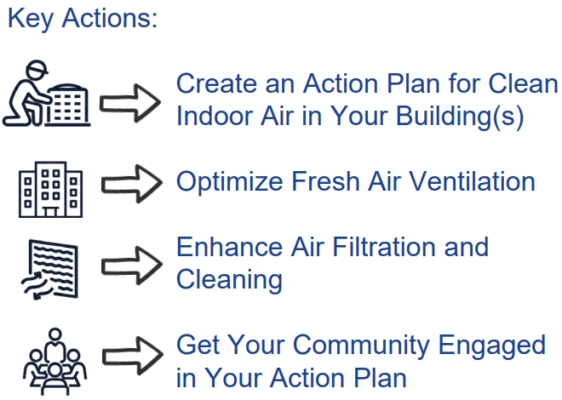
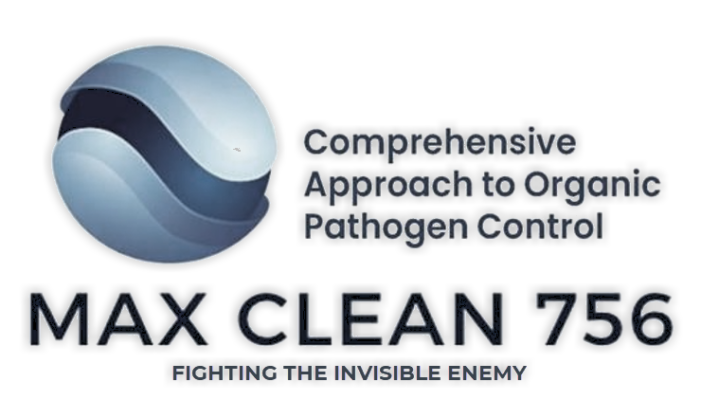
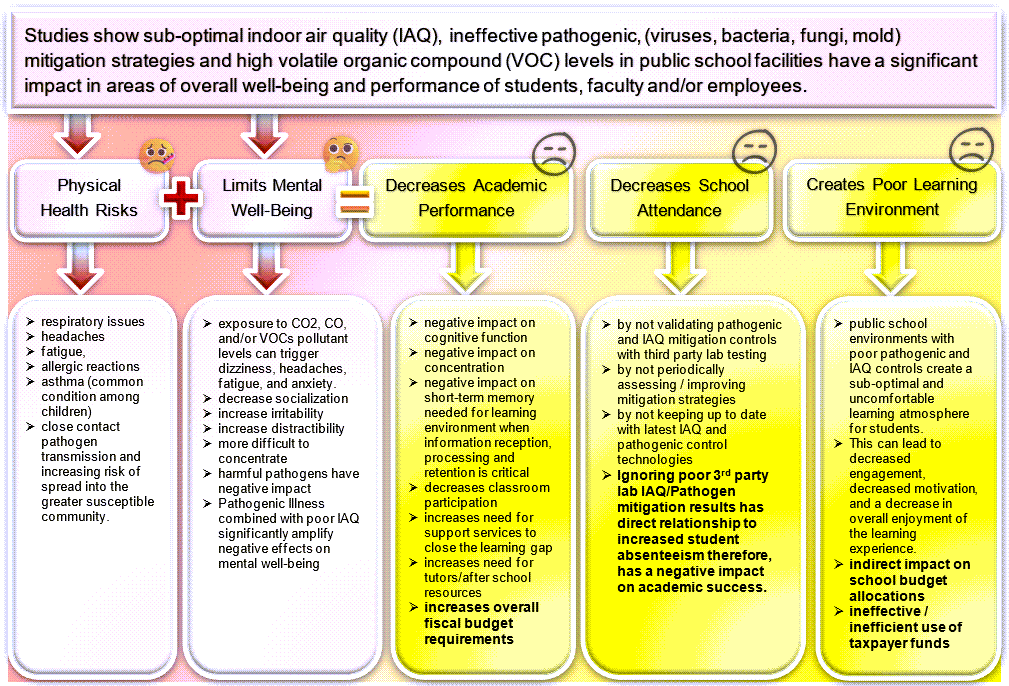

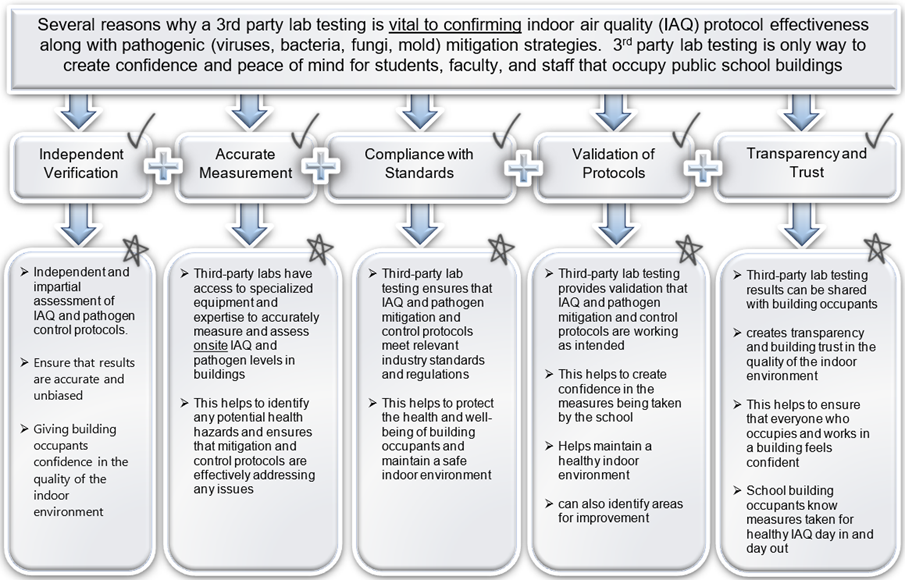



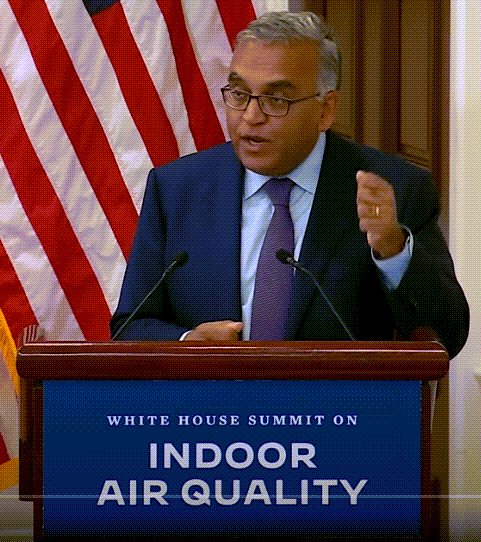
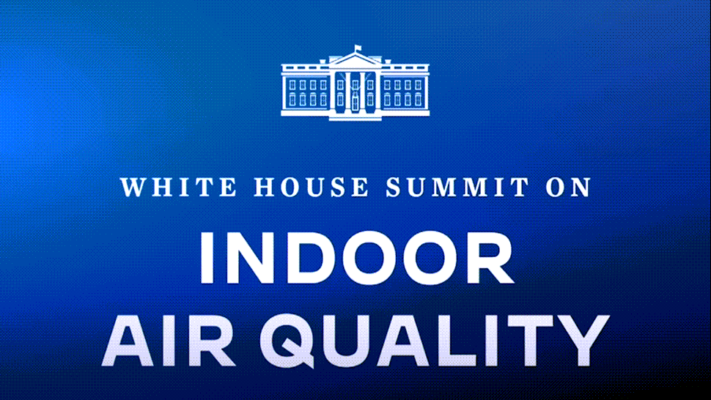
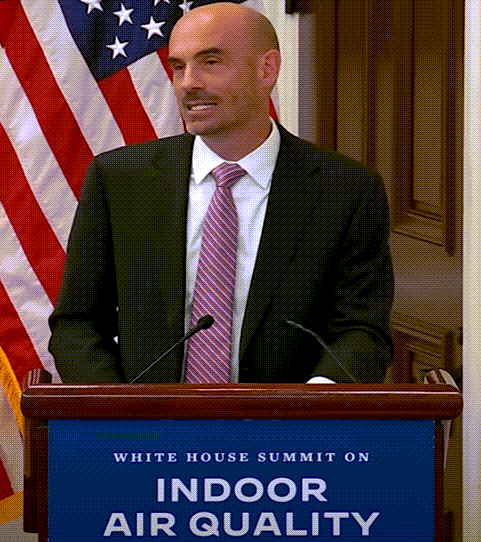

 SST ADVOCATES RECOGNIZE MAXCLEAN756
SST ADVOCATES RECOGNIZE MAXCLEAN756